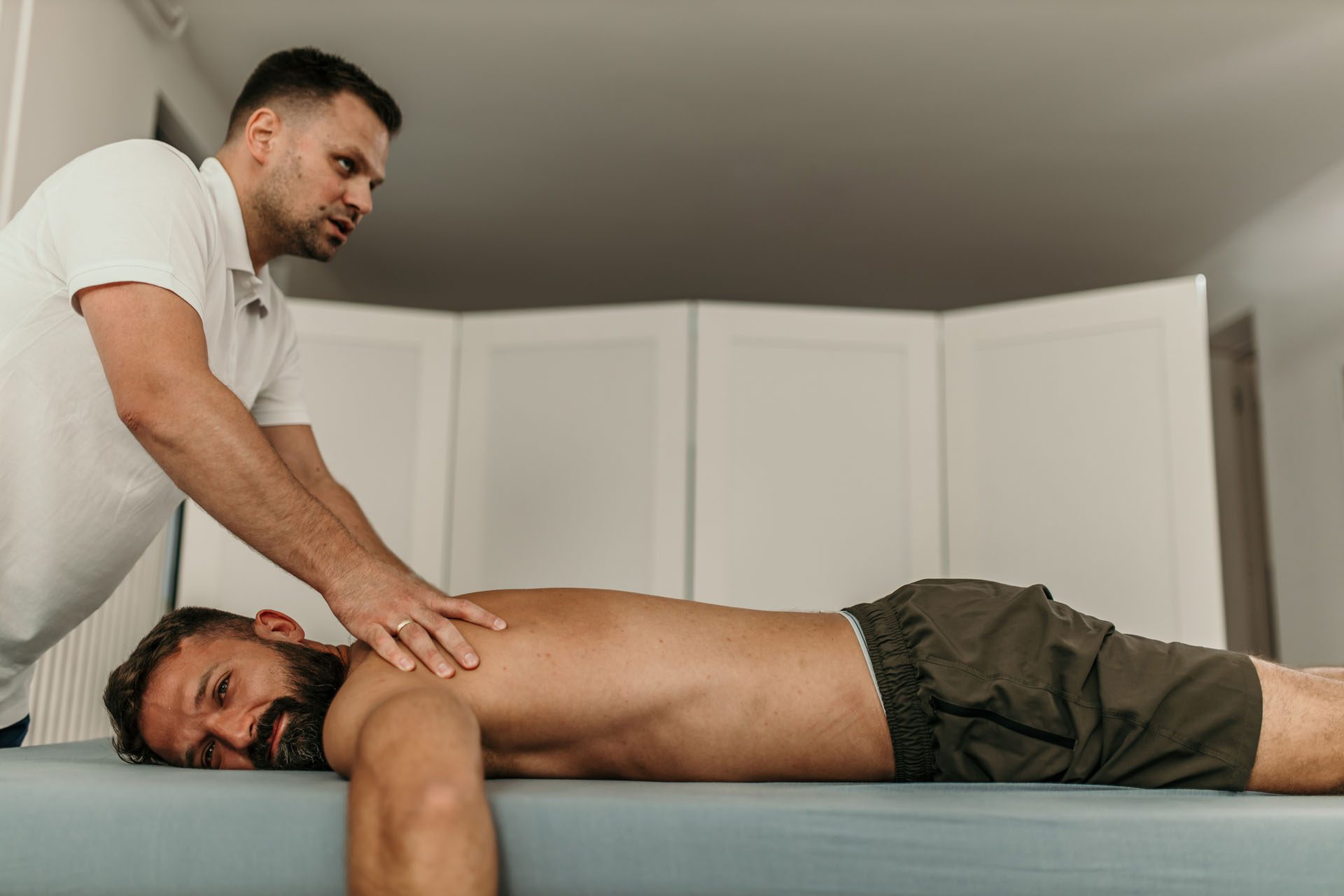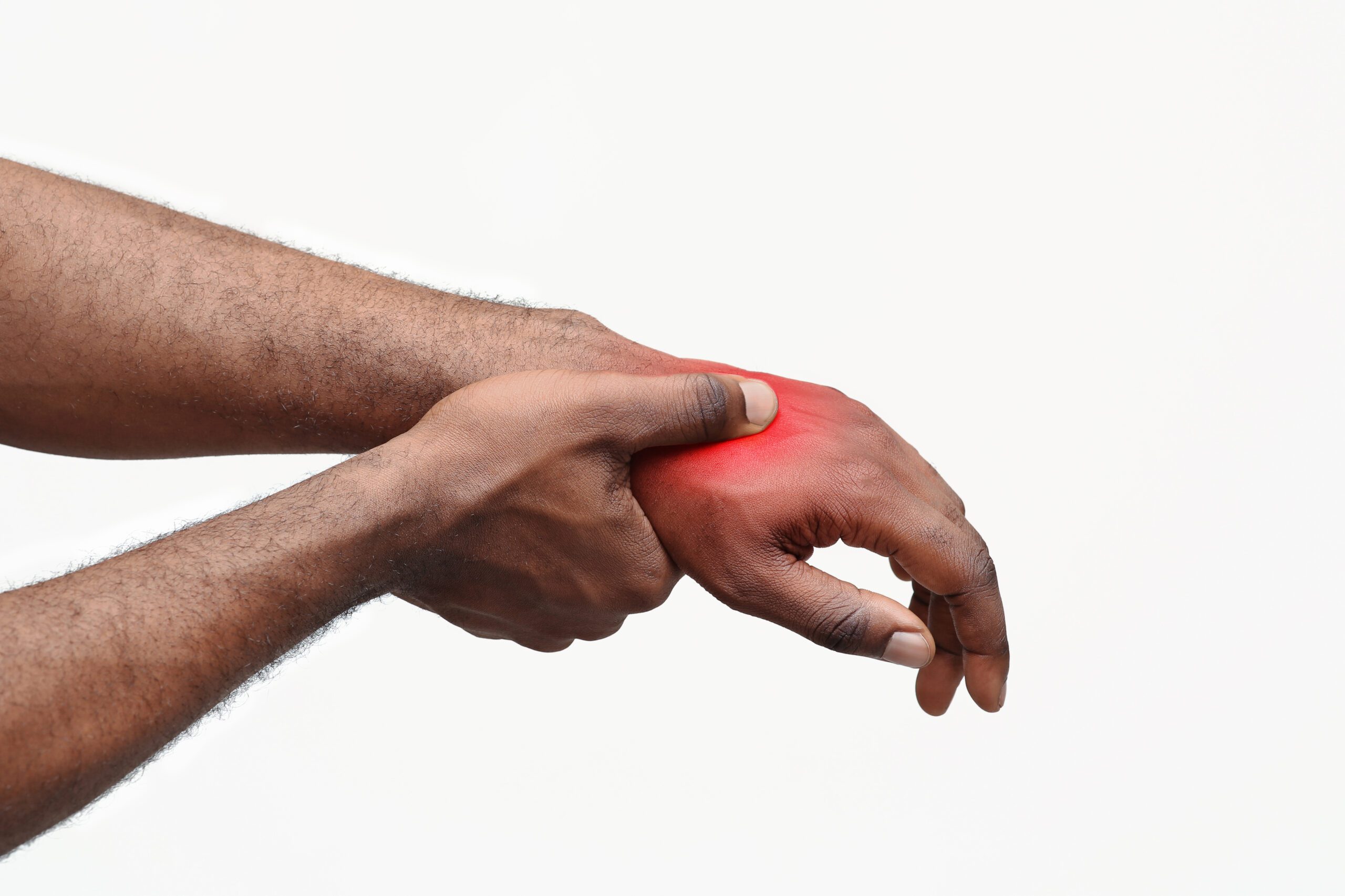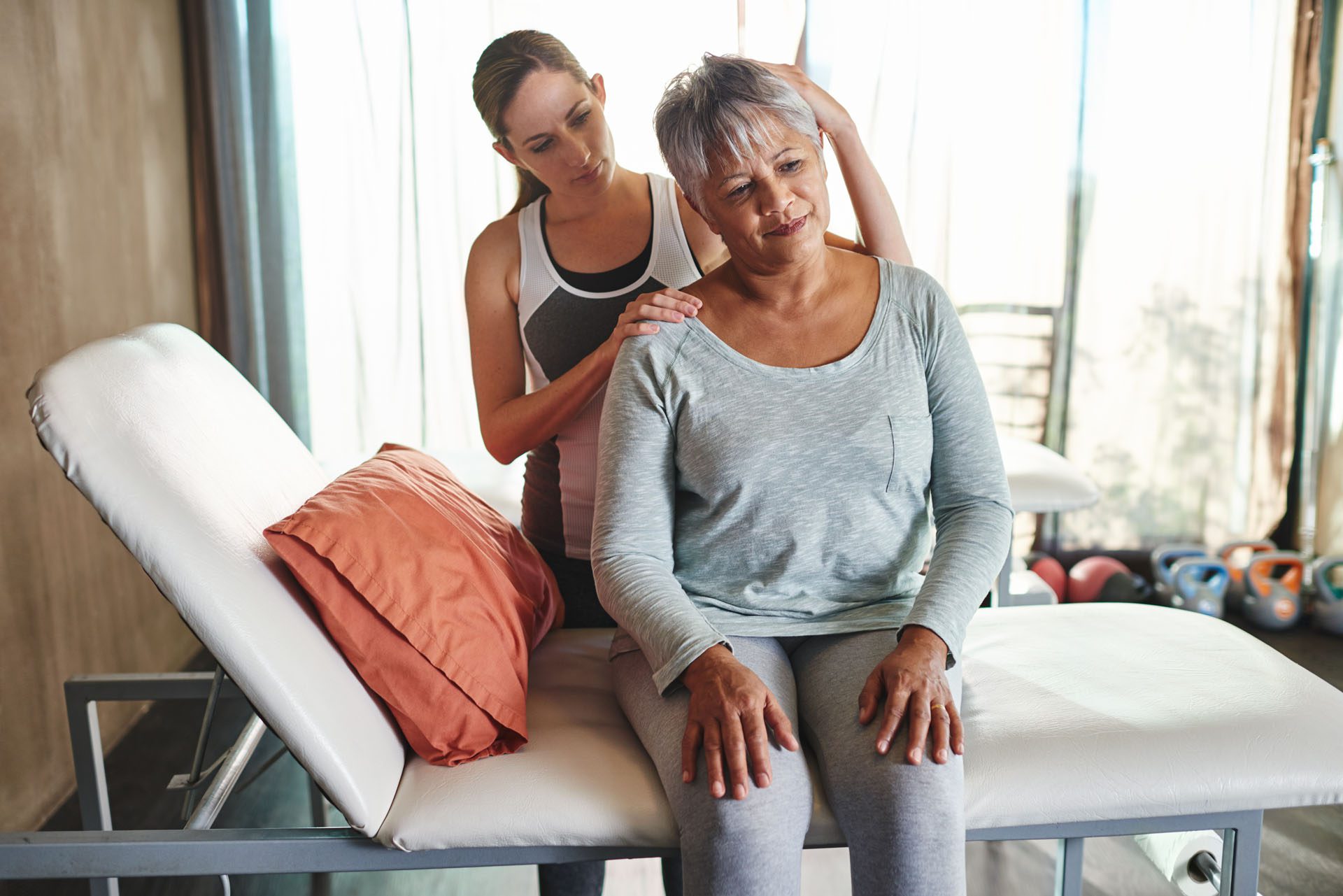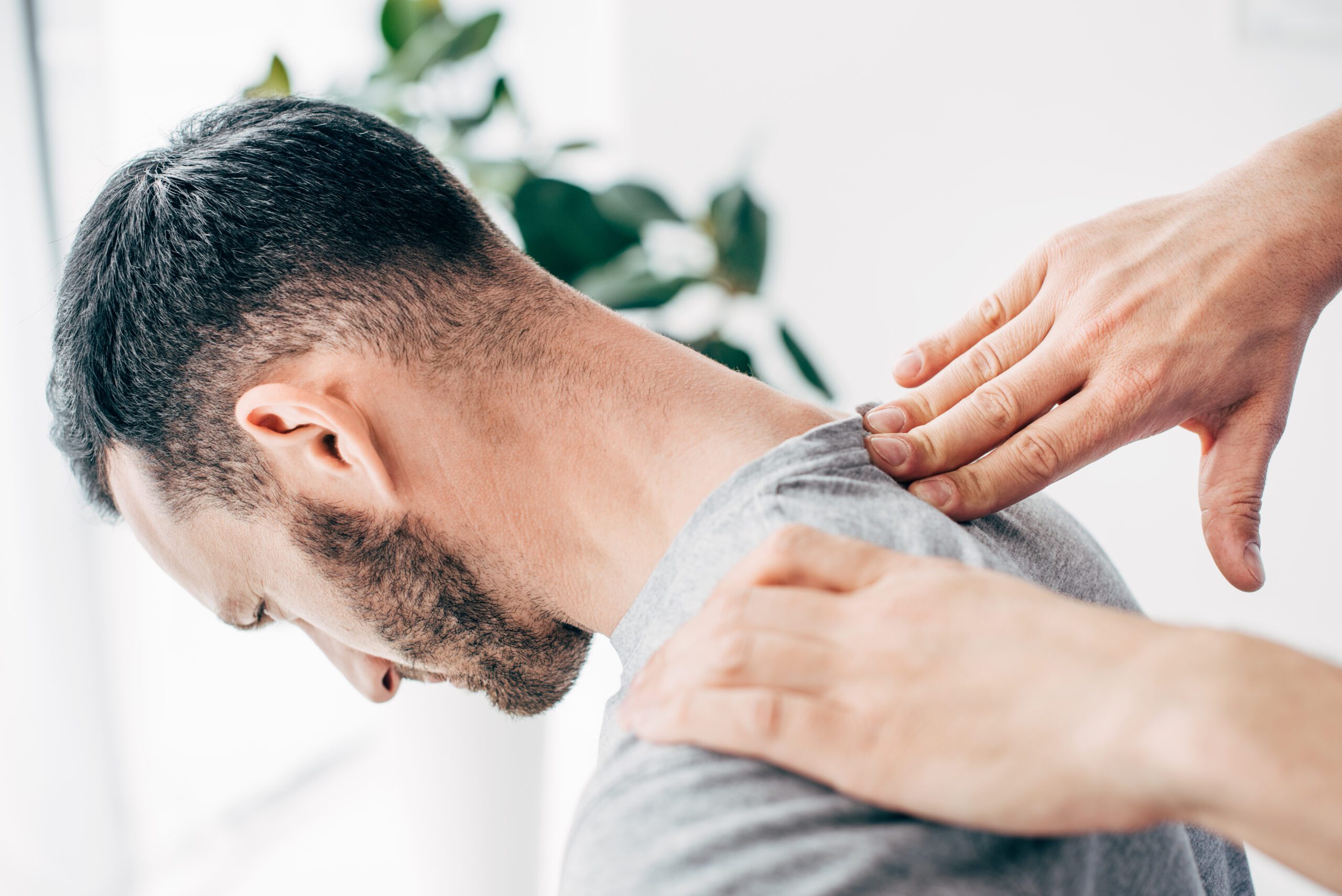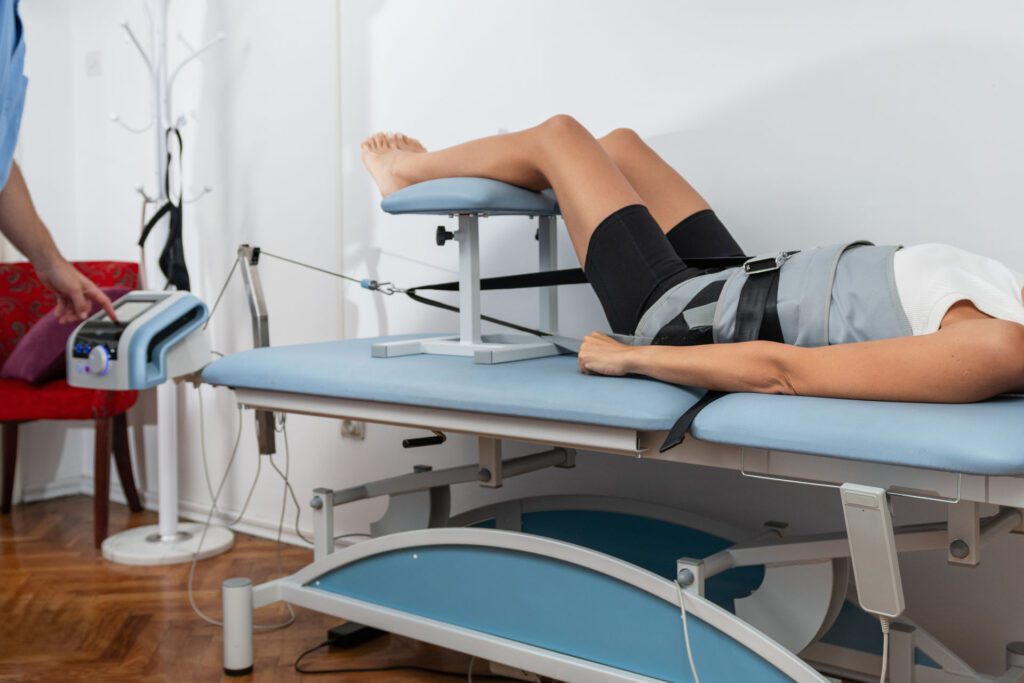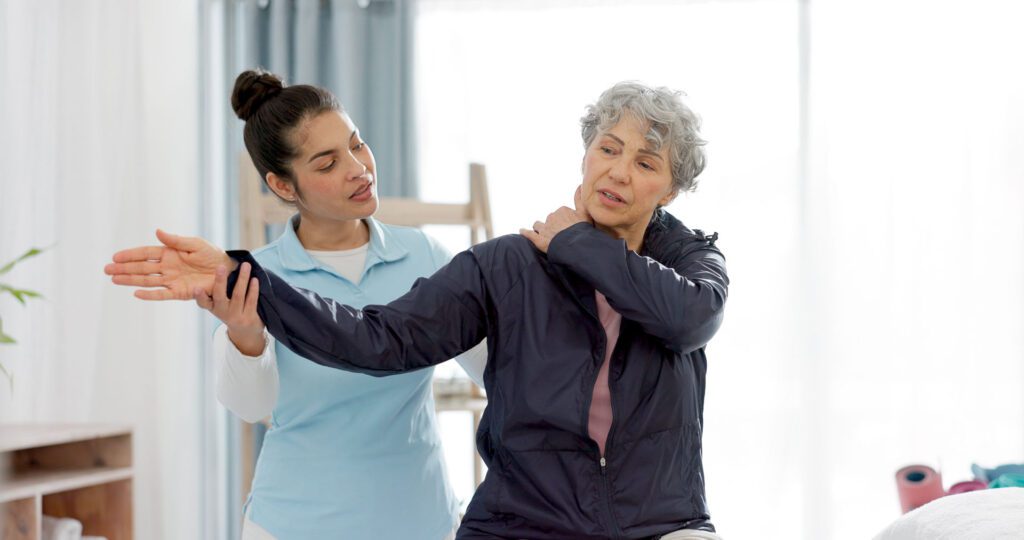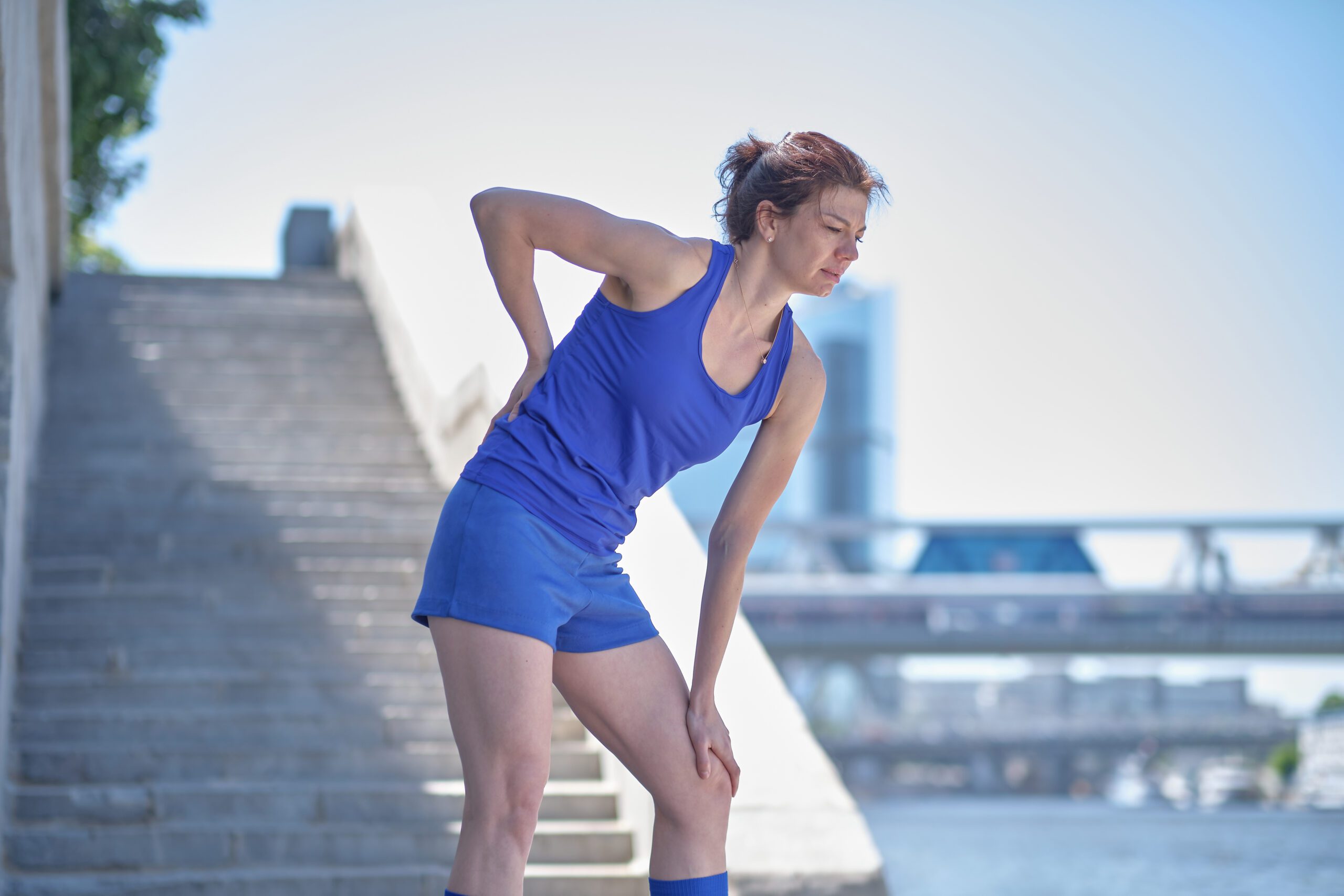Integrative Care for Post-Travel Fatigue
Recovering from Travel Fatigue: How Chiropractic and Integrative Care Can Help After a Vacation Weekend
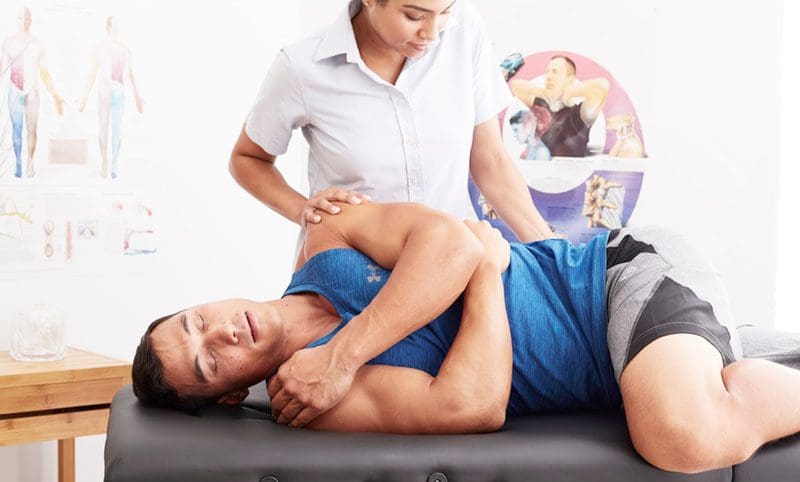
Traveling can be an exciting way to unwind and explore new places, especially during a long vacation weekend. However, the joy of travel often comes with a downside—travel fatigue. This condition can leave you feeling exhausted, stiff, and mentally drained due to long hours of sitting, time zone changes, or the stress of navigating new environments. Fortunately, chiropractic care and integrative therapies, led by experts like Dr. Alexander Jimenez, DC, APRN, FNP-BC, in El Paso, offer a natural and effective solution to alleviate these symptoms. This comprehensive blog post explores how chiropractic adjustments and integrative treatments can address the physical and neurological effects of travel fatigue, including muscle stiffness and nervous system disturbances, while promoting relaxation, reducing stress, and improving sleep quality.
Understanding Travel Fatigue and Its Effects
Travel fatigue is more than just feeling tired after a trip. It’s a combination of physical exhaustion, mental fog, and bodily discomfort caused by prolonged travel (Kuoda Travel, 2023). Whether you’re driving for hours on a summer road trip or flying across multiple time zones, your body and mind take a hit. Sitting for long periods can lead to muscle stiffness, especially in the neck, back, and legs. The nervous system may also become disrupted due to stress, dehydration, or irregular sleep patterns, leaving you feeling out of sync.
According to clinical observations, travel fatigue can mimic symptoms of chronic fatigue, including weakness and brain fog, which are often linked to imbalances in the body (Moss Center for Integrative Medicine, 2023). For high school students or anyone planning a weekend getaway, understanding these effects is the first step toward recovery. Let’s break it down further.
Physical Effects: Muscle Stiffness and Posture Issues
Long periods of inactivity during travel can cause muscles to tighten and joints to stiffen. For example, hunching over in a car seat or airplane chair can strain your spine and shoulders, leading to discomfort that lingers even after you arrive (Get Radiant Life, 2023). This stiffness is often a result of poor circulation and lack of movement, which can also affect your posture over time.
Neurological Effects: Nervous System Disturbances
The nervous system, which controls everything from your heartbeat to your mood, can be thrown off balance by travel. Jet lag, stress, and irregular sleep patterns disrupt your body’s internal clock, or circadian rhythm, leading to fatigue and irritability (Collective Chiro, 2023). This disruption can also weaken your immune response, making you more susceptible to illness after a trip.
Why It Matters After a Vacation Weekend
A vacation weekend is meant to refresh you, but travel fatigue can turn that relaxation into exhaustion. High school students, in particular, may struggle to return to school feeling energized if their bodies haven’t recovered. This is where chiropractic care and integrative therapies come in, offering a holistic approach to restore your health naturally.
The Role of Chiropractic Care in Alleviating Travel Fatigue
Chiropractic care focuses on aligning the spine and improving nervous system function, which are key to overcoming travel fatigue. Dr. Alexander Jimenez, a dual-licensed chiropractor and nurse practitioner in El Paso, uses his expertise to help patients recover from the physical toll of travel. Here’s how chiropractic care can make a difference.
Restoring Spinal Alignment
Travel often leads to spinal misalignments due to prolonged sitting or carrying heavy luggage. Chiropractic adjustments realign the spine, relieving pressure on nerves and improving overall mobility (Desert Shadows Chiropractic, 2023). This process helps reduce muscle stiffness and restores your body’s natural posture, which is often compromised during travel.
Boosting Nervous System Function
A well-aligned spine supports a healthy nervous system, which is essential for combating fatigue. By correcting subluxations (misalignments), chiropractic care enhances nerve communication, helping your body adapt to new time zones or recover from stress (Advantage Chiropractic, 2023). This balance is crucial for regaining energy and mental clarity.
Clinical Justification
Dr. Jimenez’s clinical approach is grounded in evidence-based practice. His adjustments not only address immediate discomfort but also prevent long-term issues like chronic back pain or posture problems. Studies suggest that spinal manipulation can improve blood flow and reduce inflammation, aiding recovery from travel-related strain (Get Radiant Life, 2023).
Integrative Therapies: Complementing Chiropractic Care
While chiropractic adjustments lay the foundation for recovery, integrative therapies enhance the process by targeting relaxation, stress relief, and sleep quality. These therapies work synergistically with chiropractic care to provide a comprehensive recovery plan.
Swedish Massage: Relieving Tension and Fatigue
Swedish massage is a gentle technique that utilizes long, flowing strokes and kneading motions to relax muscles and enhance circulation. For travelers, this therapy is ideal for easing muscle tension caused by long road trips or flights (Red Mint, 2023). It also reduces anxiety and boosts mood by stimulating the release of endorphins, helping you unwind after a busy weekend.
Massage for Jet Lag: Mental and Physical Restoration
Jet lag can leave you feeling disoriented and exhausted. Massage therapy, particularly after long flights, promotes mental relaxation and regulates the digestive system, which is often disrupted by travel (Spa Theory, 2023). Gentle movements also flush out toxins that build up from extended sitting, aiding overall recovery (Kaizen Health Group, 2023).
Acupuncture: Enhancing Energy and Sleep
Acupuncture involves inserting thin needles into specific points on the body to stimulate energy flow. This ancient practice increases blood circulation and balances the nervous system, making it effective for combating fatigue (Trinity Acupuncture, 2023). It also improves sleep quality, which is often poor after travel, allowing your body to recharge (Acupuncture NE, 2023).
IV Therapy: Rapid Rehydration and Nutrient Boost
Long trips can lead to dehydration and nutrient depletion, which can exacerbate fatigue. IV therapy delivers vitamins and minerals directly into the bloodstream, providing rapid rehydration and supporting muscle and nerve function (Austin MD Clinic, 2023). This treatment is especially beneficial for students or athletes returning from a weekend trip.
Clinical Correlation
Dr. Jimenez integrates these therapies based on individual needs, using a dual-scope diagnosis that combines chiropractic and medical assessments. His approach ensures that each patient receives personalized care to address the root causes of travel fatigue, from muscle stiffness to nervous system imbalances (Moss Center for Integrative Medicine, 2023).
Dr. Jimenez’s Approach to Treating Various Injuries
Dr. Alexander Jimenez’s expertise extends beyond travel fatigue to treating a wide range of injuries, including those from work, sports, personal incidents, and motor vehicle accidents (MVAs). His dual licensure as a chiropractor and nurse practitioner allows him to offer a unique, integrative approach.
Work Injuries
Work-related injuries, such as repetitive strain or lifting injuries, can cause chronic pain and stiffness. Dr. Jimenez uses chiropractic adjustments to restore spinal health and incorporates targeted exercises to strengthen affected areas. Massage therapy and acupuncture further reduce inflammation and promote healing (Jimenez, 2023, https://dralexjimenez.com/).
Sports Injuries
Athletes often face sprains, strains, or joint injuries. Dr. Jimenez employs spinal decompression and manual adjustments to alleviate pain, while integrative therapies like acupuncture enhance recovery and prevent re-injury. His functional medicine approach also includes nutrition plans to support athletic performance (Jimenez, 2023, https://www.linkedin.com/in/dralexjimenez/).
Personal Injuries
Falls or household accidents can lead to back or neck pain. Dr. Jimenez’s dual-scope diagnosis identifies underlying issues through sophisticated imaging, followed by tailored treatment plans that include chiropractic care and IV therapy for nutrient support (Jimenez, 2023, https://www.facebook.com/reel/24240689962228572).
Motor Vehicle Injuries
MVAs often result in whiplash or soft tissue damage. Dr. Jimenez combines chiropractic adjustments with advanced diagnostics to accurately assess the severity of injuries. Acupuncture and massage therapy reduce pain and inflammation, while his legal documentation supports personal injury claims (Jimenez, 2023, https://www.instagram.com/reel/DMXxvgsiwAt/).
Medical Care and Legal Documentation in Personal Injury Lawsuits
Dr. Jimenez’s role extends beyond treatment to supporting patients in personal injury lawsuits. His dual expertise ensures accurate diagnosis and documentation, which are critical for legal proceedings.
Comprehensive Medical Care
Using advanced imaging techniques like X-rays and MRIs, Dr. Jimenez identifies the causes of injuries, ranging from spinal misalignments to nerve damage. His treatment plans integrate chiropractic care, targeted exercises, and integrative therapies to enhance health and prevent long-term consequences (Jimenez, 2023, https://x.com/threebestrated/status/1947288030055678043).
Legal Documentation
Dr. Jimenez provides detailed reports that link injuries to their causes, such as MVAs, supporting fair compensation. His dual-scope approach ensures thorough assessments, making his documentation a valuable asset in court (Jimenez, 2023, https://www.threads.com/@threebestratedofficial/post/DMXxwzOieix).
Clinical Correlation: Diagnosis, Treatment, and Imaging
Dr. Jimenez’s clinical practice revolves around correlating patient injuries with dual-scope diagnosis, treatment procedures, and sophisticated imaging.
Dual-Scope Diagnosis
Combining chiropractic and medical evaluations, Dr. Jimenez assesses musculoskeletal and systemic issues, ensuring a holistic understanding of each patient’s condition (Jimenez, 2023, https://www.pinterest.com/pin/1132936850022111288/).
Treatment Procedures
His treatments include spinal adjustments, acupuncture, massage therapy, and IV therapy, tailored to address specific injuries and promote natural healing (Jimenez, 2023, https://www.whatsapp.com/channel/0029VaLL6qY3rZZiMGQ0S32u/364).
Diagnostic Assessments and Imaging
Sophisticated imaging, such as MRIs, provides detailed insights into injury severity, guiding precise interventions and preventing chronic issues (Jimenez, 2023, https://dralexjimenez.com/).
Promoting Natural Healing and Preventing Long-Term Consequences
Chiropractic care, targeted exercise, massage therapy, acupuncture, and integrative medicine work together to treat injuries and promote long-term health.
Treating a Variety of Injuries
These therapies address everything from travel fatigue to MVA injuries, reducing pain and improving function (Rupa Health, 2023).
Promoting Natural Healing
By enhancing circulation and reducing inflammation, these treatments support the body’s self-healing mechanisms (Herban Ohm, 2023).
Preventing Long-Term Consequences
Regular care helps prevent chronic pain, arthritis, and posture issues, ensuring lasting wellness (Empowering Wellness, 2023).
Conclusion
Recovering from travel fatigue after a vacation weekend is possible with chiropractic care and integrative therapies. Dr. Alexander Jimenez in El Paso offers a comprehensive approach that addresses muscle stiffness, nervous system disturbances, and overall well-being. By combining spinal adjustments with Swedish massage, acupuncture, and more, patients can return to their routines refreshed and healthy. Whether you’re a student, athlete, or traveler, this holistic care can transform your recovery experience.
For more information or to schedule a consultation, contact Dr. Jimenez’s clinic today and start your journey to optimal health!
References
- Advantage Chiropractic. (n.d.). Fatigue management chiropractic care. https://www.advantagechiropractic.co.nz/fatigue-management-chiropractic-care
- Austin MD Clinic. (n.d.). Top 10 benefits of IV therapy for post-travel recovery. https://austinmdclinic.com/top-10-benefits-of-iv-therapy-for-post-travel-recovery/
- Collective Chiro. (n.d.). Holiday chiropractic care can chiropractic help with seasonal travel fatigue and jet lag. https://collectivechiro.com/holiday-chiropractic-care-can-chiropractic-help-with-seasonal-travel-fatigue-and-jet-lag/
- Desert Shadows Chiropractic. (n.d.). Chiropractic care for post-travel recovery how to recover from long flights and jetlag. https://www.desertshadowschiropractic.com/chiropractic-care-for-post-travel-recovery-how-to-recover-from-long-flights-and-jetlag/
- Empowering Wellness. (n.d.). Treating chronic fatigue with naturopathy. https://www.empoweringwellness.com.au/treating-chronic-fatigue-with-naturopathy/
- Get Radiant Life. (n.d.). The importance of chiropractic care after traveling. https://getradiantlife.com/the-importance-of-chiropractic-care-after-traveling/
- Herban Ohm. (n.d.). Recharge naturally beating chronic fatigue with acupuncture. https://www.herbandohm.com/blog-posts/recharge-naturally-beating-chronic-fatigue-with-acupuncture
- Jimenez, A. (2023). Clinical observations. https://dralexjimenez.com/
- Jimenez, A. (2023). Professional profile. https://www.linkedin.com/in/dralexjimenez/
- Jimenez, A. (2023). WhatsApp channel. https://www.whatsapp.com/channel/0029VaLL6qY3rZZiMGQ0S32u/364
- Jimenez, A. (2023). Facebook reel. https://www.facebook.com/reel/24240689962228572
- Jimenez, A. (2023). Instagram reel. https://www.instagram.com/reel/DMXxvgsiwAt/
- Kaizen Health Group. (n.d.). Massage therapy for frequent travelers. https://kaizenhealthgroup.com/massage-therapy-for-frequent-travelers/
- Kuoda Travel. (2023). Avoiding travel fatigue tips happy traveler. https://www.kuodatravel.com/blog/avoiding-travel-fatigue-tips-happy-traveler/
- Moss Center for Integrative Medicine. (n.d.). Acupuncture treatment fatigue. https://mosscenterforintegrativemedicine.com/treatments/fatigue/acupuncture-treatment-fatigue
- Mt Shasta Bodywork. (n.d.). Massage therapy after long trip. https://www.mtshastabodywork.com/massage-therapy-after-long-trip
- Red Mint. (n.d.). Swedish massage for travelers relieving tension and fatigue after long summer road trips. https://www.redmint.com/blogs/news/swedish-massage-for-travelers-relieving-tension-and-fatigue-after-long-summer-road-trips
- Rupa Health. (n.d.). The link between environmental toxins and chronic fatigue syndrome. https://www.rupahealth.com/post/the-link-between-environmental-toxins-and-chronic-fatigue-syndrome
- Spa Theory. (n.d.). Massage for jet lag. https://www.spatheory.com/spa-theory-wellness-beauty-blog/massage-for-jet-lag
- Trinity Acupuncture. (n.d.). How acupuncture can help with fatigue. https://www.trinityacu.com/resources/blog/118-how-acupuncture-can-help-with-fatigue

